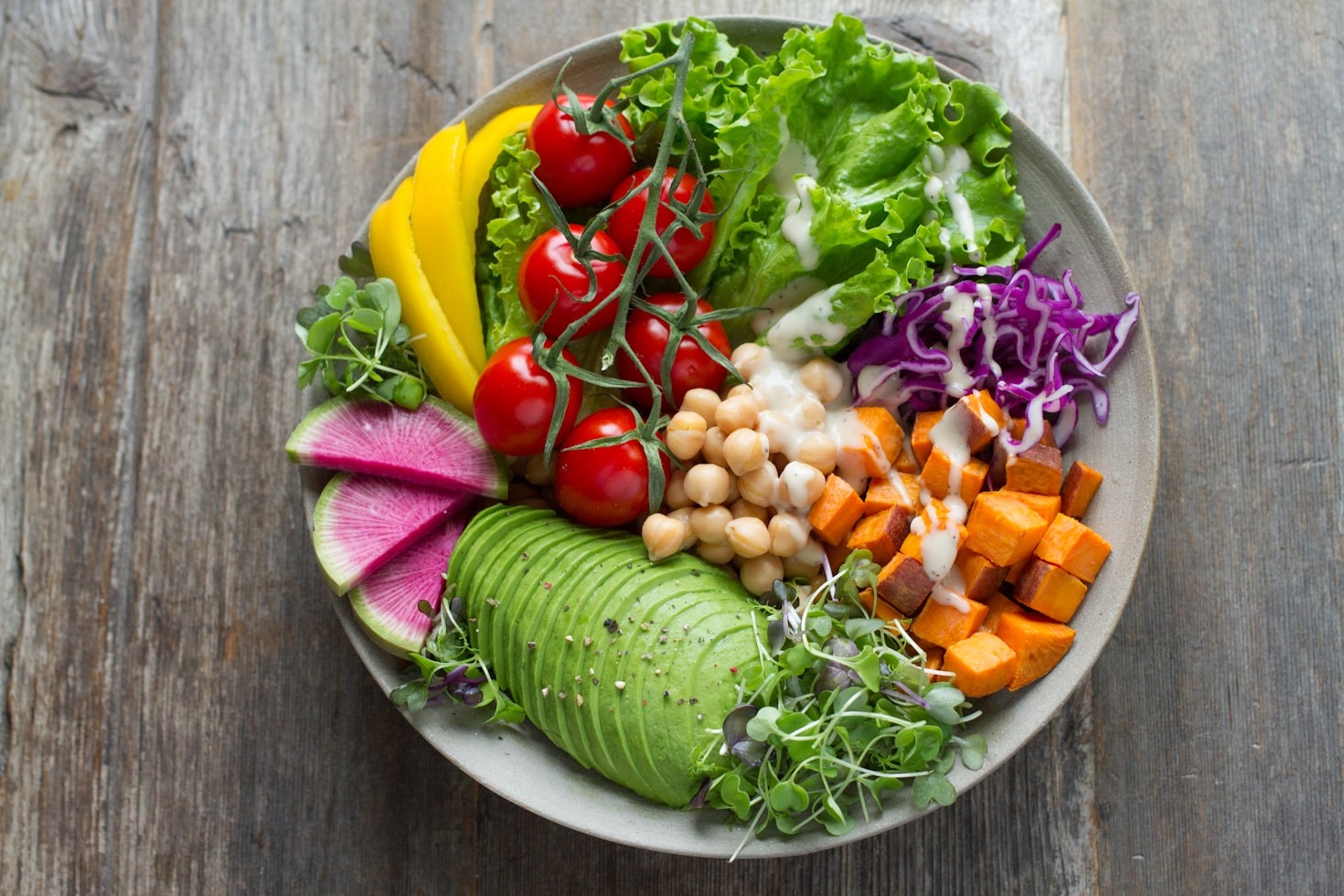Your cart is currently empty!
Understanding your body’s energy requirements is fundamental to achieving any health or fitness goal. Whether you’re looking to lose weight, gain muscle, or maintain your current physique, knowing the difference between BMR and TDEE can be the key to your success.
What is BMR (Basal Metabolic Rate)?
Basal Metabolic Rate (BMR) represents the minimum number of calories your body needs to function at rest. Think of it as the energy required to keep your vital organs running, maintain cellular processes, and support basic physiological functions like breathing, circulation, and brain activity.
BMR Functions Breakdown
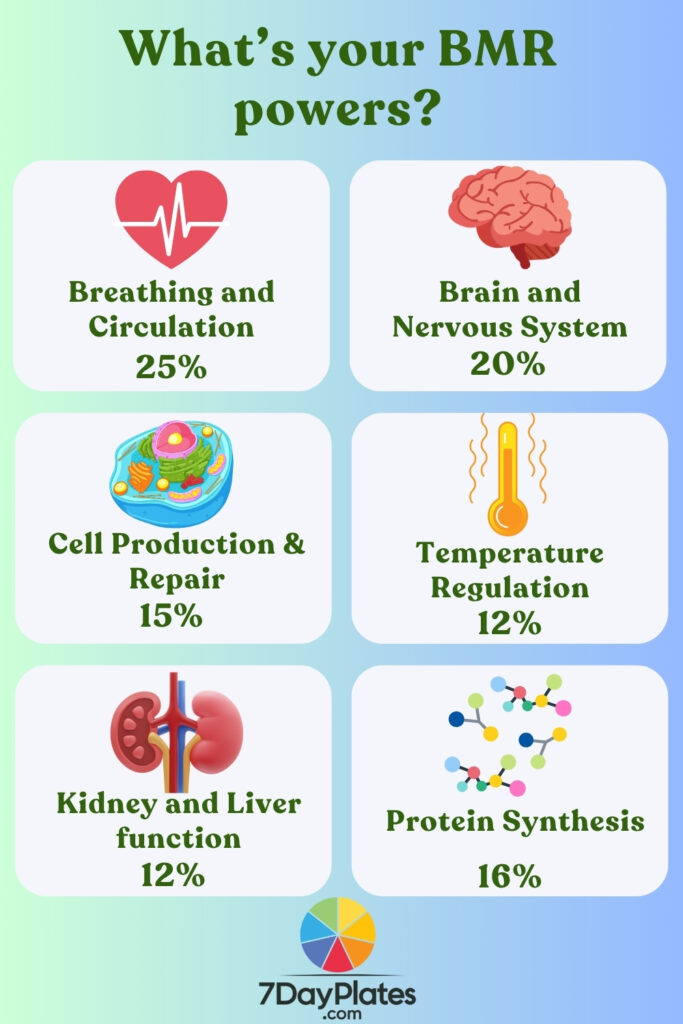
Your BMR accounts for approximately 60-75% of your total daily energy expenditure and includes calories burned for:
- Breathing and circulation
- Cell production and repair
- Brain and nervous system function
- Kidney and liver function
- Temperature regulation
- Protein synthesis
Factors That Influence Your BMR
Several factors determine your individual BMR:
BMR Influencing Factors
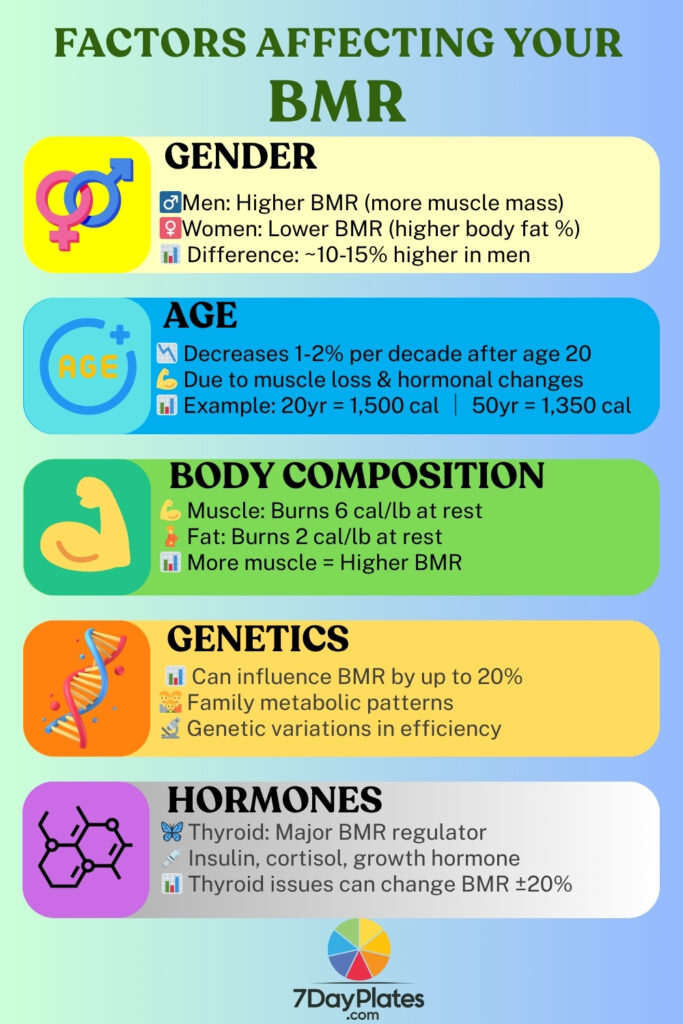
Age: BMR typically decreases by 1-2% per decade after age 20 due to loss of muscle mass and hormonal changes.
Gender: Men generally have higher BMRs than women due to greater muscle mass and larger body size.
Body Composition: Muscle tissue burns more calories at rest than fat tissue, making body composition a crucial factor.
Genetics: Your genetic makeup can influence your metabolic rate by up to 20%.
Hormones: Thyroid hormones, insulin, and cortisol significantly impact metabolic rate.
What is TDEE (Total Daily Energy Expenditure)?
Total Daily Energy Expenditure (TDEE) represents the total number of calories you burn in a 24-hour period, including all activities and exercise. TDEE provides a complete picture of your daily caloric needs and consists of four main components:
TDEE Component Breakdown
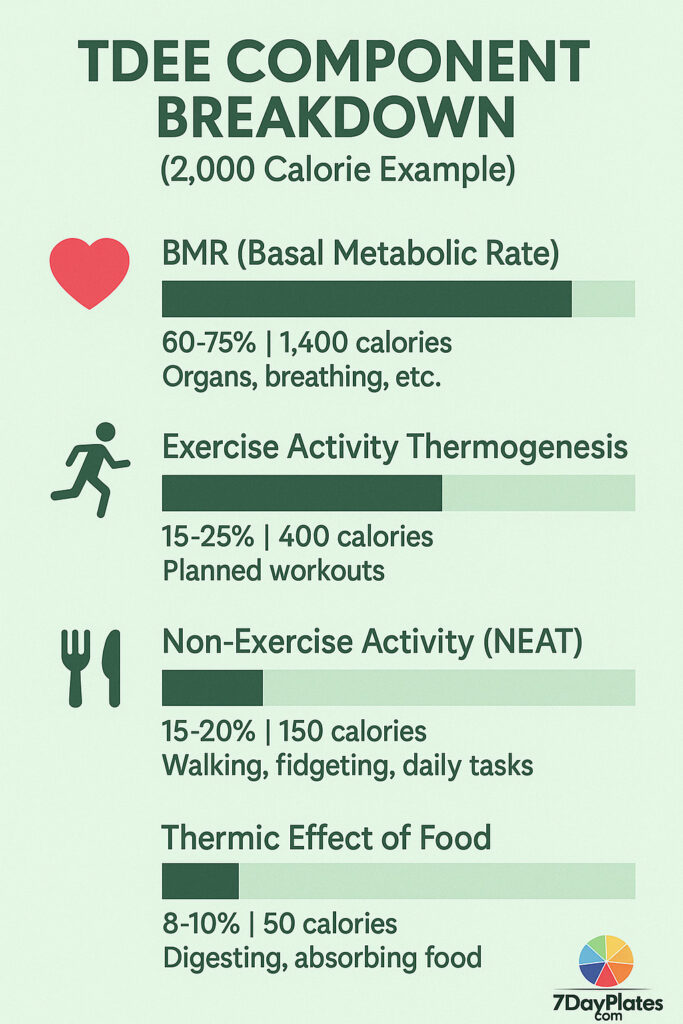
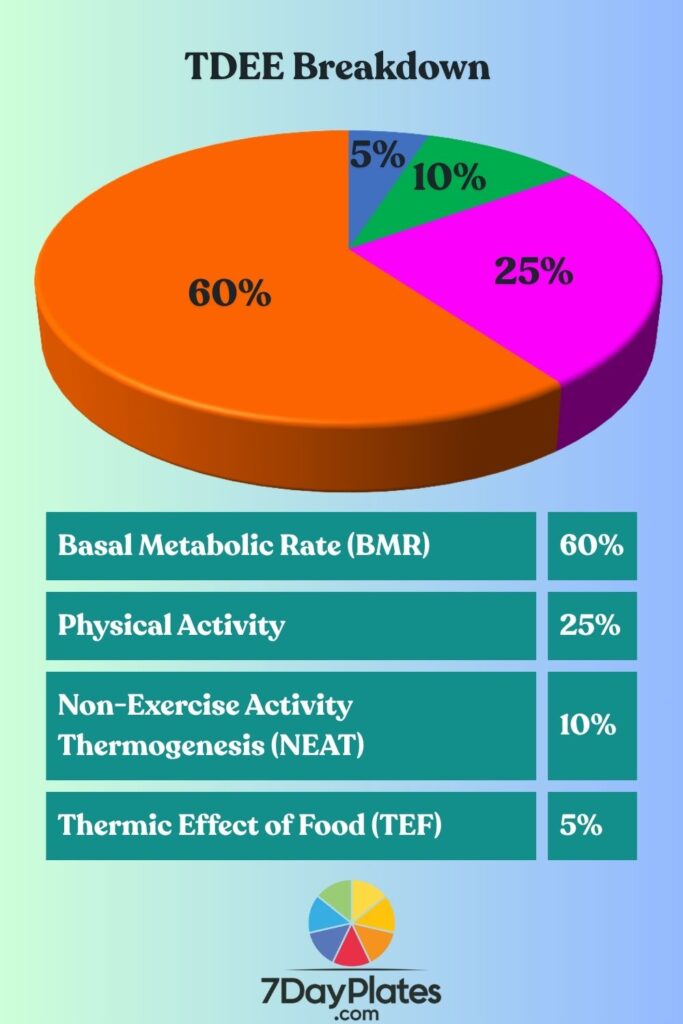
- BMR (~60%): Your resting metabolic rate
- Thermic Effect of Food (~5%): Energy needed to digest, absorb, and process food
- Exercise Activity Thermogenesis (~25%): Calories burned during planned exercise
- Non-Exercise Activity Thermogenesis (~10%): Energy from daily activities like walking, typing, or fidgeting
BMR vs TDEE: The Key Differences
Visual Comparison: BMR vs TDEE
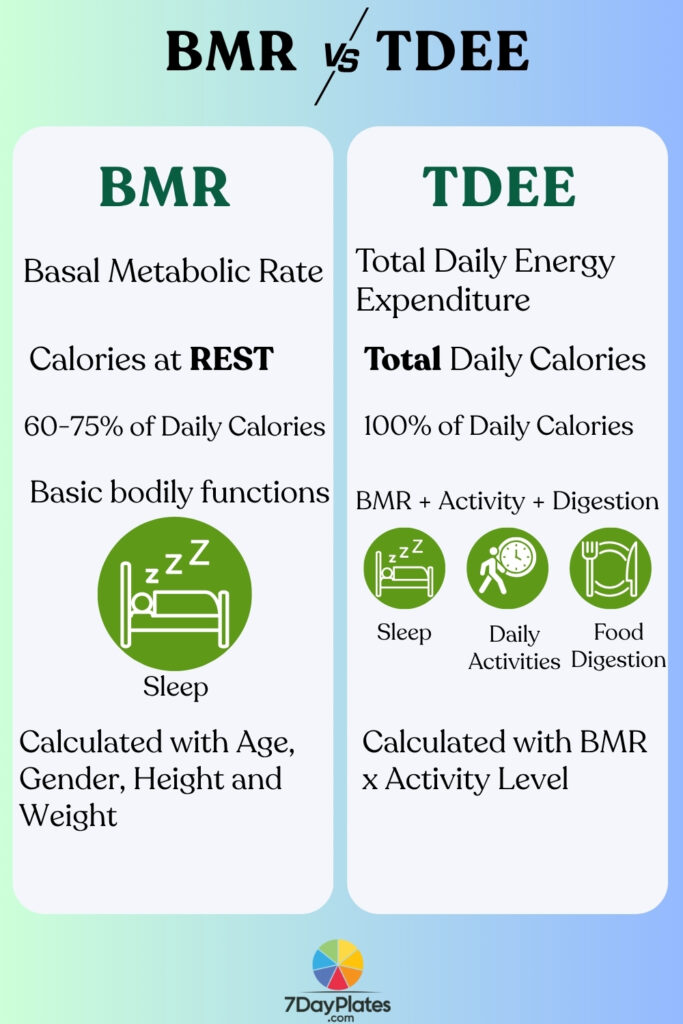
| Aspect | BMR | TDEE |
|---|---|---|
| Definition | Calories at rest | All daily calories |
| Purpose | Vital organ function | Complete energy picture |
| Percentage | 60-75% of daily burn | 100% of daily needs |
| Usage | Minimum survival needs | Real calorie requirements |
| Example | 1,500 calories | 2,100 calories |
How to Calculate BMR and TDEE
BMR Calculation Methods
Mifflin-St Jeor Equation (Most Accurate):
- Men: BMR = (10 × weight in kg) + (6.25 × height in cm) – (5 × age) + 5
- Women: BMR = (10 × weight in kg) + (6.25 × height in cm) – (5 × age) – 161
Harris-Benedict Equation (Traditional):
- Men: BMR = 88.362 + (13.397 × weight in kg) + (4.799 × height in cm) – (5.677 × age)
- Women: BMR = 447.593 + (9.247 × weight in kg) + (3.098 × height in cm) – (4.330 × age)
TDEE Calculation
Once you know your BMR, multiply it by your activity level:
Activity Level Multiplier Guide
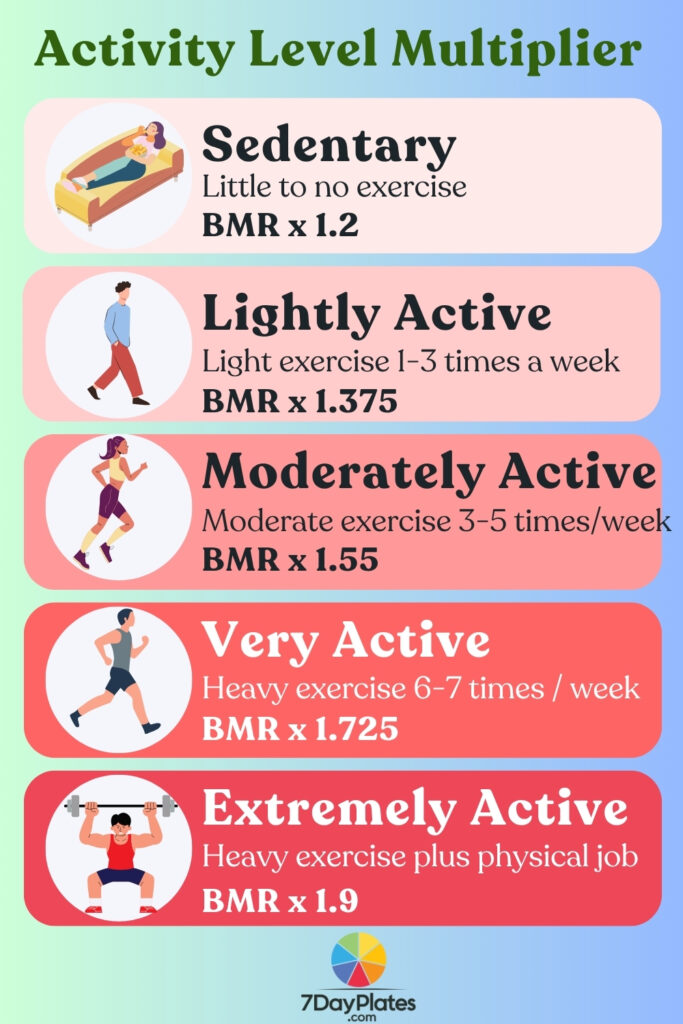
- Sedentary (little to no exercise): BMR × 1.2
- Lightly Active (light exercise 1-3 days/week): BMR × 1.375
- Moderately Active (moderate exercise 3-5 days/week): BMR × 1.55
- Very Active (heavy exercise 6-7 days/week): BMR × 1.725
- Extremely Active (very heavy exercise, physical job): BMR × 1.9
Practical Example
Let’s calculate for a 30-year-old woman, 5’6″ (168cm), 140 lbs (63.5kg), moderately active:
Step 1: Calculate BMR BMR = (10 × 63.5) + (6.25 × 168) – (5 × 30) – 161 BMR = 635 + 1,050 – 150 – 161 = 1,374 calories
Step 2: Calculate TDEE TDEE = 1,374 × 1.55 = 2,130 calories
This means she needs approximately 2,130 calories daily to maintain her current weight.
Why Understanding BMR and TDEE Matters
Setting Realistic Goals
Knowing your BMR and TDEE helps you:
- Set appropriate calorie targets for your specific goals
- Avoid extreme restrictions that can harm your metabolism
- Create sustainable habits rather than crash diets
- Understand your body’s actual needs versus generic recommendations
Avoiding Common Pitfalls
Many people make these mistakes:
- Eating below BMR for extended periods, which slows metabolism
- Using generic calorie recommendations instead of personalized calculations
- Ignoring activity level changes that affect TDEE
- Expecting immediate results without understanding the process
Quick Reference Guide
Calorie Targets Based on Goals
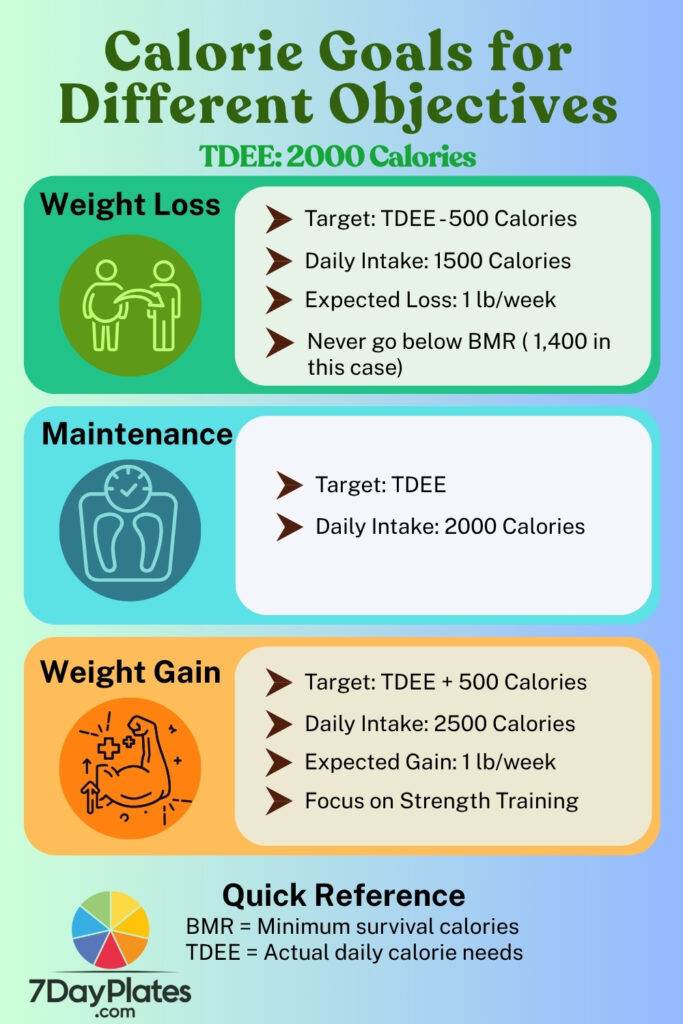
For Weight Loss
- Target: TDEE – 300 to 500 calories
- Never go below your BMR
- Expect 0.5-1 lb loss per week
For Weight Maintenance
- Target: Your calculated TDEE
- Monitor and adjust as needed
- Focus on body composition
For Weight Gain
- Target: TDEE + 300 to 500 calories
- Combine with strength training
- Expect 0.5-1 lb gain per week
What’s Next?
Understanding BMR and TDEE is just the beginning. In our next post, we’ll dive deeper into:
- How to optimize your metabolism naturally
- Common mistakes that sabotage your progress
- Practical meal planning strategies using your TDEE
- Technology tools and tracking methods
- Special considerations for different life stages
Ready to put this knowledge into action? Use our free TDEE calculator to get your personalized numbers and start making informed decisions about your nutrition and fitness goals.
Remember: These calculations provide starting points, not rigid rules. The key is to use them as guides while paying attention to how your body responds and adjusting accordingly.

